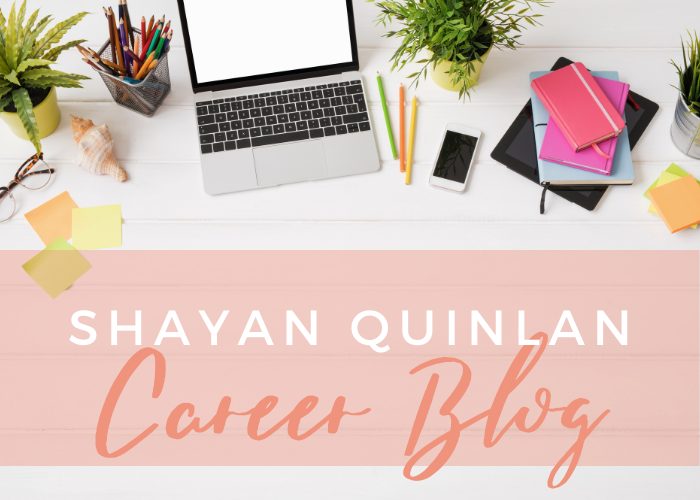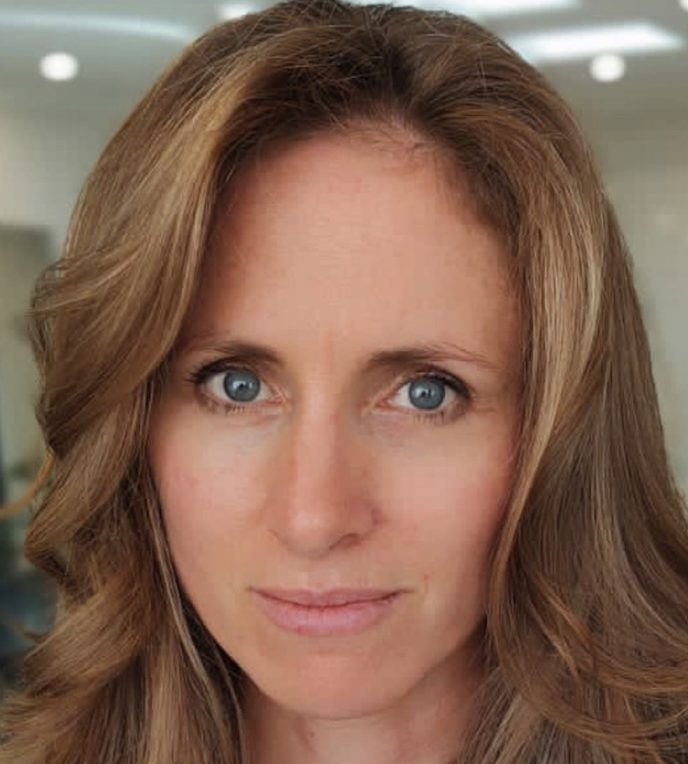
Meet Dr Shayan Quinlan, PhD graduate from the University of Sydney and project coordinator of the Biomechanics Research and Innovation Challenge (BRInC). Here she talks about her research in long-term effects of shoe design, women in science and post-PhD plans after a 20-year career as a chiropractor

What is your current role and how did you get to be there?
My current roles remain close to my heart. I’m continuing research into the effect of shoe design on children’s feet, having provided evidence with my PhD that moderate minimalist shoes result in stronger feet and better balance in children. My other role was a wonderful opportunity that arose in the dead zone of submitting a PhD but not yet being qualified: project coordinator of a fabulous program to empower the next generation of women in the field of STEM (biomechanics specifically). BRInC has 26 women biomechanists around the country mentoring nearly 100 girls through a program to introduce them to biomechanics and innovation.
How does your work contribute to the field and/or the overall health and wellbeing of the community?
I have conducted the world’s first ever study looking at the long-term effects of shoe design on the development of children’s feet and the effect on gross motor skills. Let’s pause right here and consider that we have two vehicles on Mars, we have nanoscience and computers, but this is the first research on the effect of shoes on children’s feet over time. Astonishing, isn’t it? The good news is that more flexible shoes result in better balance, foot strength and foot muscles size compared to standard, stiff school shoes; and the international industry partner who supported this study will be integrating this design into their shoes in the future. If we don’t have evidence, there will be no impetus for the shoe industry to progress children’s shoe design, and we won’t shift the false paradigm that all kids need supportive shoes (some definitely do). This keeps me driving forward in this area.
The BRInC program speaks to me as a mother of two high-schoolers, and my son in year 11 has commented that very few girls are in the science classes. This is a program that has recruited girls before they choose their subjects for HSC and exposes them to possibilities in STEM that they may not have been aware of. We need women in science (I’m sure this readership will agree!), because we offer different eyes, and broaden scope of research. For example, I did school shoes, my PhD supervisor does dance, the program director of BRInC did bra research. My role in BRInC ends in September and I welcome future job opportunities where I can contribute a wealth of clinical experience, research and management skills.
What project would you love to get off the ground, or skill would you develop, if you had the opportunity?
I am currently working on the next phase of my research with Prof Roy Cheung (Western Sydney University), Dr Alycia Fong Yan (University of Sydney) and Prof Irene Davis (Harvard University); a longitudinal trial with children in minimalist school shoes will run until the end of this year. But my biggest wish is moving my career forward into a new direction, which I have not yet identified (welcome to contact me!), because I have a lot of energy, am very driven and have a lot to offer the right job. I love learning new skills and forward momentum is stimulating. In that vein, I’ve just taken up surfing and am loving it! It’s tough and challenging and invigorating – just what I love in a job with a great team.
What are your loves outside of work?
My best day goes like this (which I did on Saturday) – park at the beach before dawn, go for a long run, quick change and paddle out for a surf, have a big breakfast, go for a trail ride in the afternoon with my daughter on our horses, galloping and whooping through the bush. Life is for living, after all. Travelling is the best way to spend money. Oh, and of course I must add my children and husband here.
What is one piece of advice you could pass onto others following their own career in the health and medical research sector?
Absolutely reach out to anyone, anywhere, who interests you in your field – the answer will simply be Yes or No, but the contact may change the course of your career.
